10 Highlights of the Upcoming 97th Dr Crott Auction
The upcoming 97th Dr Crott auction is packed with horological delights!
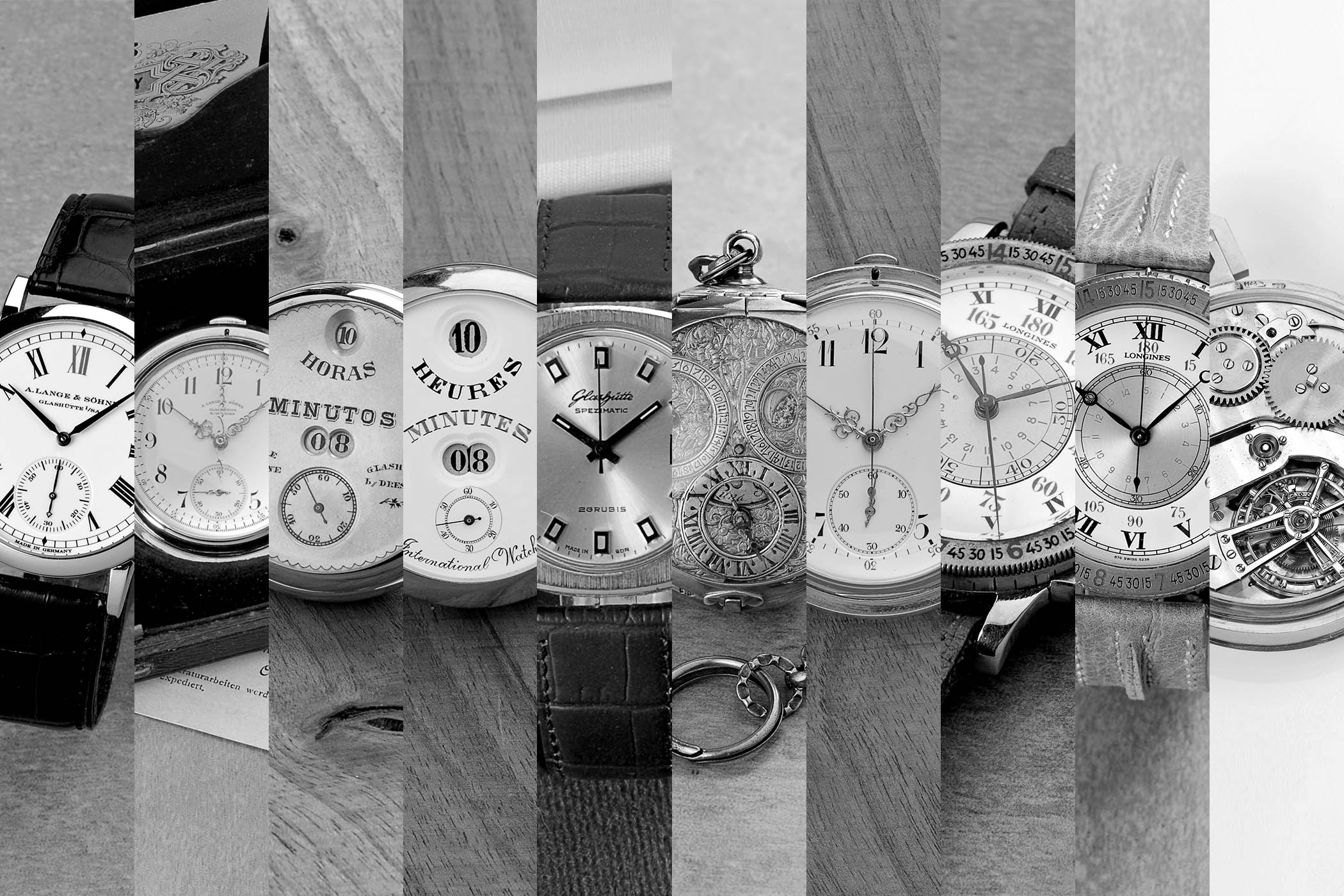
We only cover watch auctions occasionally, and, as editor-in-chief, I’m well aware of this void in our coverage of the world of watches. So, while we’re looking for someone to cover auctions and vintage timepieces for MONOCHROME (yes, we’re hiring), I’m taking a look at the upcoming 97th Dr Crott Auction. Flipping through the pages of the Dr Crott auction catalogue always put a huge smile on my face; so many horological goodies, so many beautiful, rare, impressive and desirable pieces. Today I’m sharing ten highlights of the upcoming auction, and tomorrow some more…
In general, Dr Crott Auctions feature many watches, including many pocket watches from the German brand A. Lange & Söhne. To me, that’s already enough reason to look forward to the moment the auction catalogue drops on the doormat. The upcoming 97th auction is no different in this perspective; lots of Lange watches. No potential record-setting Paul Newman Daytonas are featured, but there are 615 lots with everything from very nice wristwatches to stunning pocket watches and some marvellous clocks, including some marine chronometers and even a few desk clocks that you just have to see.
A. Lange & Söhne ‘Jubiläums Langematik’ Limited Edition
A rather unusual watch from A. Lange & Söhne is the much sought-after ‘Jubiläums Langematik’. The Jubiläums Langematik comes with an enamel dial, which is already quite rare for Lange, featuring a red “XII” which is pretty outgoing for the aloof Germans. The red twelve actually refers to fine quality pocket watches from the past, which are recognisable by a red twelve. Launched in the year 2000 – and manufactured from 2000 to 2004 – the Jubiläums Langematik was a limited edition of 500 pieces.
Equipped with Caliber L921.7, Lange’s first automatic-winding movement, it includes a very nice feature; upon pulling the crown, the second hand is stopped and automatically resets to zero. The movement offers 46 hours of autonomy when fully wound. There’s a small seconds hand at the 6 o’clock position, and all three hands are heat-blued steel. The 37mm platinum case has a sapphire crystal in the front and a sapphire inset pane in the case back.
Estimate for Lot no. 6: EUR 30,000 – 40,000
A. Lange & Söhne pocket watch with quarter repeater and chronograph in quality 1A
Next up is a pocket watch, but not just any pocket watch. It’s a pocket watch from A. Lange & Söhne, in 1A quality, with a quarter repeater and a chronograph. And it comes with its original box, papers, and even the original invoice from 1887 for the amount of 1,650 German Marks. Moreover, this pocket watch was ordered by Princess Amelie von Fürstenberg for one Mr Nussbaum, a jurist and head official of the government.
If this was a wristwatch, it would come with an additional zero behind the estimate. When looking at pocket watches, it’s often quite spectacular what you can buy for your money when you consider the level of quality, rarity and how complete the package is.
Estimate for Lot no. 16: EUR 25,000 – 40,000
A. Lange & Söhne ‘Pallweber’ pocket watch with jumping hours and minutes
You might recognise this way to indicate time from IWC, as the Schaffhausen-based brand made many jumping hours and minutes pocket watches based on Joseph Pallweber’s patented design. This one comes with a similar mechanism made by Dürrstein & Co. and features a second mainspring barrel to power the impulse for the discs with the numerals, resulting in improved precision.
This pocket watch was manufactured in Quality 1A, for the Spanish market, and sold in 1887 for 400 German Marks. According to experts, there are only six ‘Pallweber-like’ pocket watches made by A. Lange & Söhne.
Estimate for Lot no. 50: EUR 35,000 – 60,000
International Watch Co. pocket watch ‘Pallweber System’ from 1885
While Lange only manufactured six of these jumping hours and minutes, International Watch Co. (IWC) manufactured around 20,000 pocket watches between 1884 and 1890. For the brand’s 150th anniversary, IWC created wristwatches with a similar way to indicate time (jumping digital hours and minutes, and a small off-centre seconds hand.) This old example could be such a great addition to your new IWC Tribute to Pallweber 150 Years (if you manage to get hold of one of the 250 pieces in red gold or 500 pieces in steel.)
This pocket watch, like most if not all Pallweber pocket watches, comes with an enamel dial featuring two apertures and a small off-centre subdial for the running seconds. The apertures are for the hours and minutes. The 18k gold case has a hinged case back.
Estimate for Lot no. 559: EUR 3,500 – 6,000
Glashütte ‘Spezimatic’ – complete with box and medal from 1976
Here’s another gem from the former East German town of Glashütte, where German watchmaking expertise has flourished since the 1800’s. After World War II this part of Germany was expropriated and became a satellite state of the Soviet Union. The watch was a present from the employer (East German Ministry of Interior) to an employee for 30 years of service.
The gold-plated watch measures 36mm by 44mm and inside ticks well-known calibre GUB 75 (06-26.) A tried and tested movement that is good, but nothing spectacular. The mean treat is that we’re dealing with a remarkably complete example that is in pristine condition!
Estimate for Lot no. 63: EUR 1,200 – 1,500
Johan May pocket watch from 1660
When looking at the year this pocket watch was manufactured, it sounds like the Stone Age of timekeeping. That’s four years after Christiaan Huygens invented the pendulum clock (1656), and the balance (a derivation of a pendulum) hadn’t found its way into pocket watches. More than 350 years old, this pocket watch still ticks and indicates hours, the age of the moon, moon phases, day regent and symbol of its planet. I’m impressed!
The movement is (of course) a classic pillar movement featuring a balance without a balance spring, a verge escapement, a gut/fusee (pre-chain), and is adorned with floral engravings. The watchmaker Johan May lived in Coln an der Spre, which is located on an island in the river Spree, in the heart of Berlin, Germany.
Estimate for Lot no. 75: EUR 23,000 – 30,000
Dürrstein & Co. pocket watch (circa 1900) with independent jumping second hand
Now at first glance, you will admit that this is a very nice looking pocket watch. Ok, it’s gold, it has nice hands, and the double-hinged case looks very well-made. On second glance you might wonder why this watch has two second hands… Hold on, two second hands? Could it be some sort of chronograph that only measures time to a maximum of 60 seconds? Well, no, it is a pocket watch that features a rather unusual movement with two second hands. One regular sweeping seconds hand and one that makes one-second increments. Now that’s peculiar!
The movement features two main spring barrels and two gear trains; one powers the centrally placed hour and minute hands, and the off-centre small seconds hand, while the other powers the independent jumping central seconds hand. Technically very interesting and for the experts among us, this might just ring a bell. Wonder why? Have a look at the Grönefeld One Hertz here or the new A. Lange & Söhne 1815 ‘Homage to Walter Lange’ and the stainless steel unique piece that will be auctioned this Saturday 12th of May.
Estimate for Lot no. 39: EUR 2,600 – 3,800
Longines Lindbergh Hour Angle Watch from 1940
Again a piece of horological history, this Longines Lindbergh Hour Angle Watch from 1940 is a rare and historically important timepiece. This watch, an updated version of the Longines Weems Watch, allowed pilots to determine the Hour Angle, the watch’s namesake, which is a technical description of finding longitude based on Greenwich Mean Time.
Inside the large 47mm steel case, behind a hinged push case back, ticks Calibre 37.9. For that period, this was a massively over-sized watch, but in terms of functionality and legibility, such dimensions were necessary! The silver rotating bezel with its hour angle indication circumferences a two-part dial: a white enamel chapter ring (outer dial) and an inner silver rotating disc.
Estimate for Lot no. 96: EUR 25,000 – 40,000
Longines Lindbergh Hour Angle Watch Lindbergh – reissue from 1991
Here’s a newer edition of the Longines Hour Angle Lindbergh watch and it’s a limited edition of 1,000 pieces. Do not mistake this one for the automatic version that was made in larger quantities, as this limited edition features a very nice manually-wound movement. Calibre L876.2 / L878.4 is a reworked ETA/Unitas 6497, which is modified with a central seconds hand. The very nicely finished movement is hidden behind a hinged case back, which can, of course, be opened, and a sapphire crystal.
This newer reissue of the original Hour Angle Lindbergh watch also comes in a steel 47mm case, with a similar dial print. The dial is, however, not enamel but lacquer. The watch comes with box and papers.
Estimate for Lot no. 492: EUR 1,900 – 2,500
James C. Pellaton Pocket Watch with Tourbillon
Let’s immediately be clear about this pocket watch: it was not made by James C. Pellaton. This pocket watch was probably made by a student of the watchmaking school in Le Locle, where James C. Pellaton was the director. According to Reinhard Meis’ book “Das Tourbillon” (1986), this particular pocket watch was probably created in 1950 in a cooperation with students and, presumably Pellaton’s contribution to the piece was the tourbillon cage. According to Cr. Crott auctioneers, the movement in this tourbillon pocket watch was created by James C. Pellaton’s father, Albert Pellaton-Favre.
James C. Pellaton and his father, Albert Pellaton-Favre, were both among the most esteemed maker of tourbillons and tourbillon carriages. They supplied their work to companies like Patek Philippe, Vacheron Constantin, Girard-Perregaux and Ulysse Nardin. Knowing this, it makes more sense that James C. Pellaton’s contribution to this tourbillon pocket watch is the tourbillon cage. Funny thing: have a look at the tourbillon bridge of the modern Laurent Ferrier Tourbillon Double Spiral. Another interesting detail is that the balance spring features two terminal curves, something that is rather difficult and can only be done by hand. In today’s watches, you will hardly come across a spiral with two terminal curves, except for instance in Karsten Fräßdorf’s Spirograph Tourbillon.
Estimate for Lot no. 586: EUR 26,000 – 50,000
You can browse through the auction catalogue online here and when registered you can even bid online. The auction is executed by Uhren Muser: www.uhren-muser.de/
Tomorrow we will be back with more highlights, including many ‘usual suspects’ like Heuer Autavia, Omega Speedmaster, Breguet Type 20, Audemars Piguet Royal Oak ref. 5402, Patek Philippe Nautilus ref. 3700 and more!

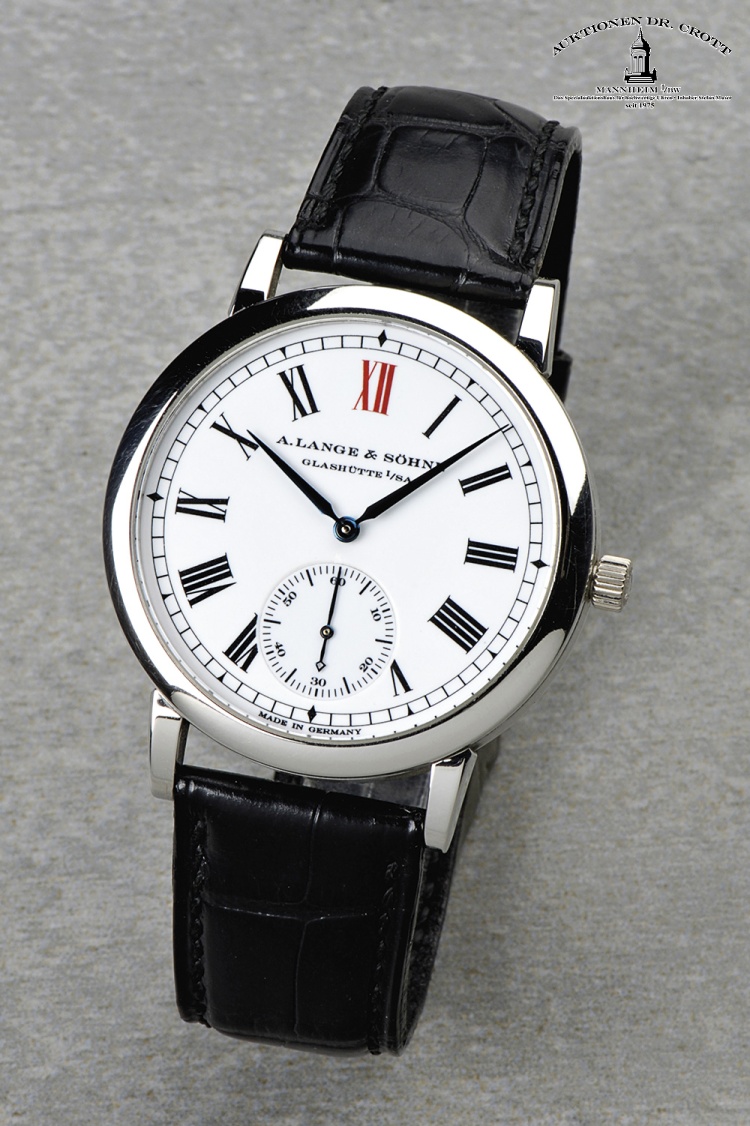
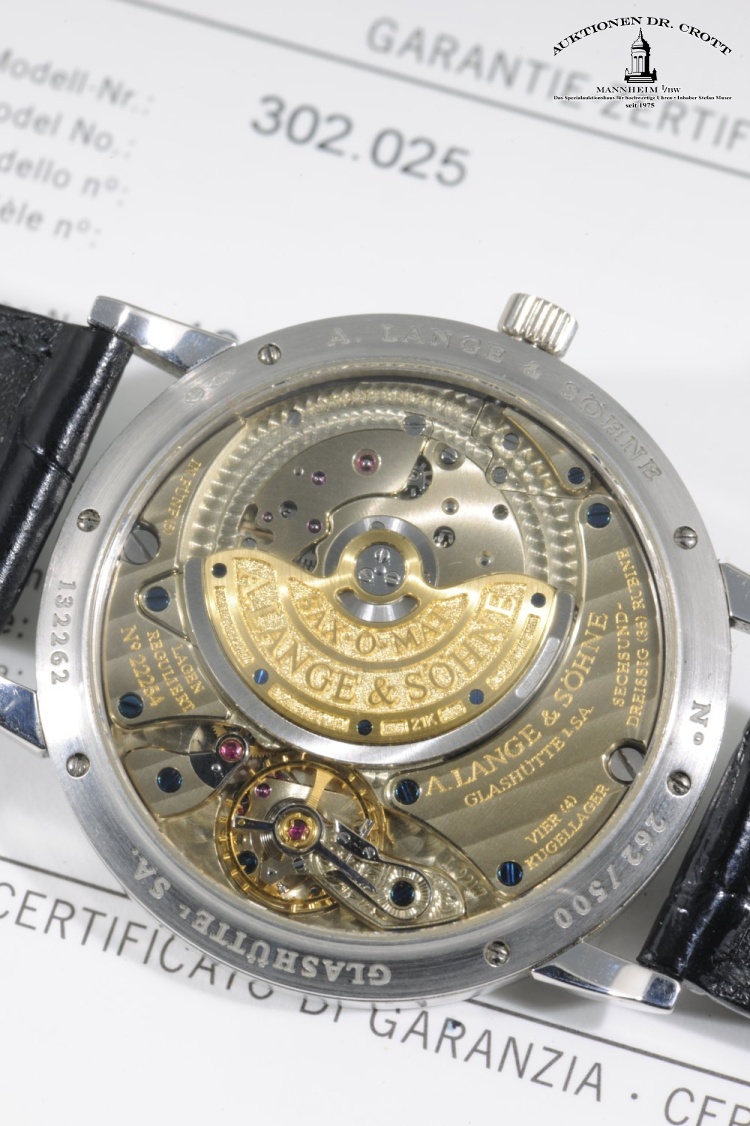
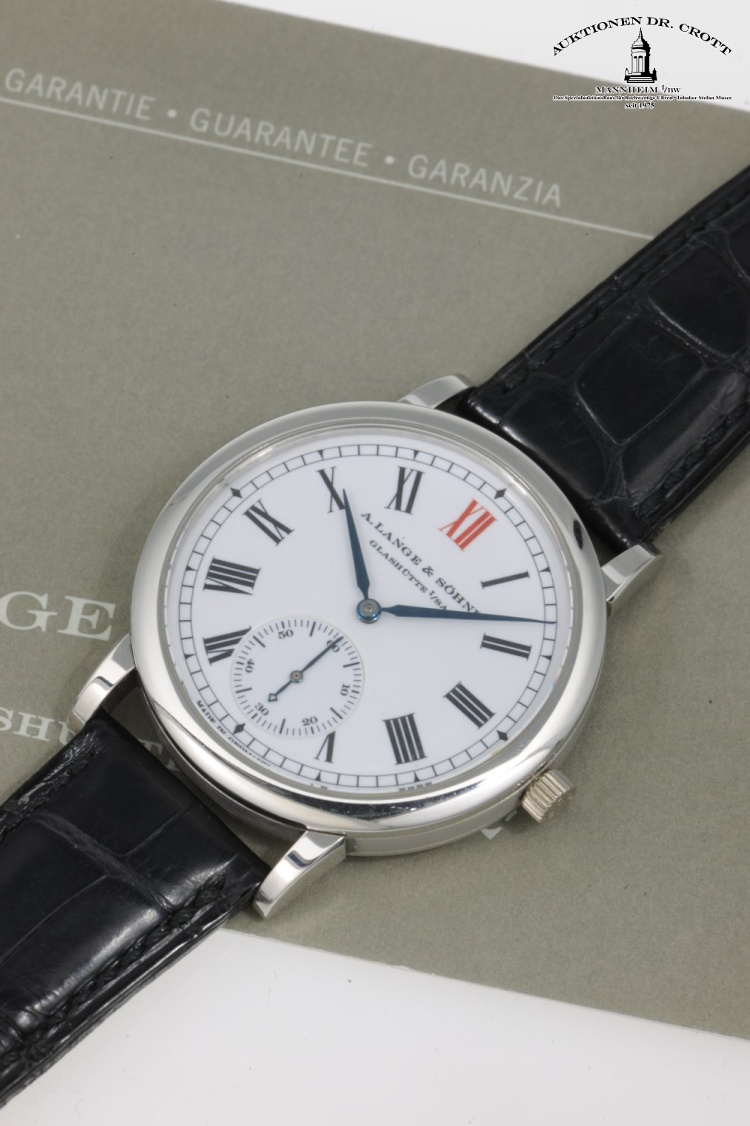
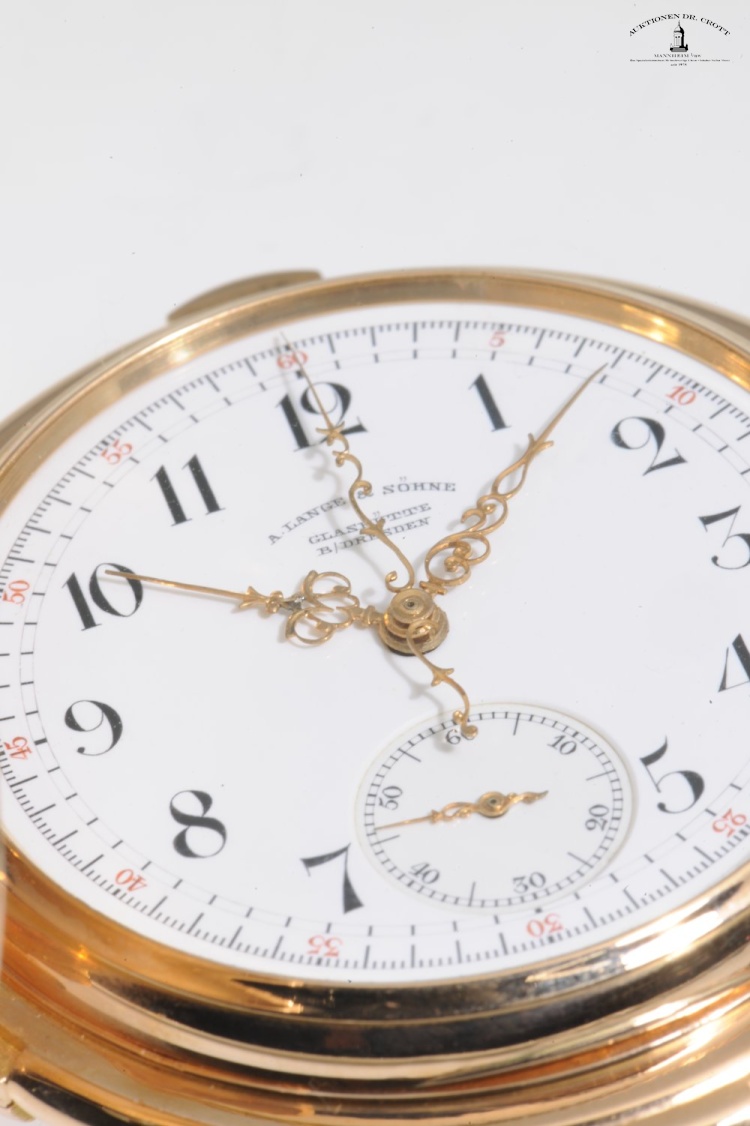
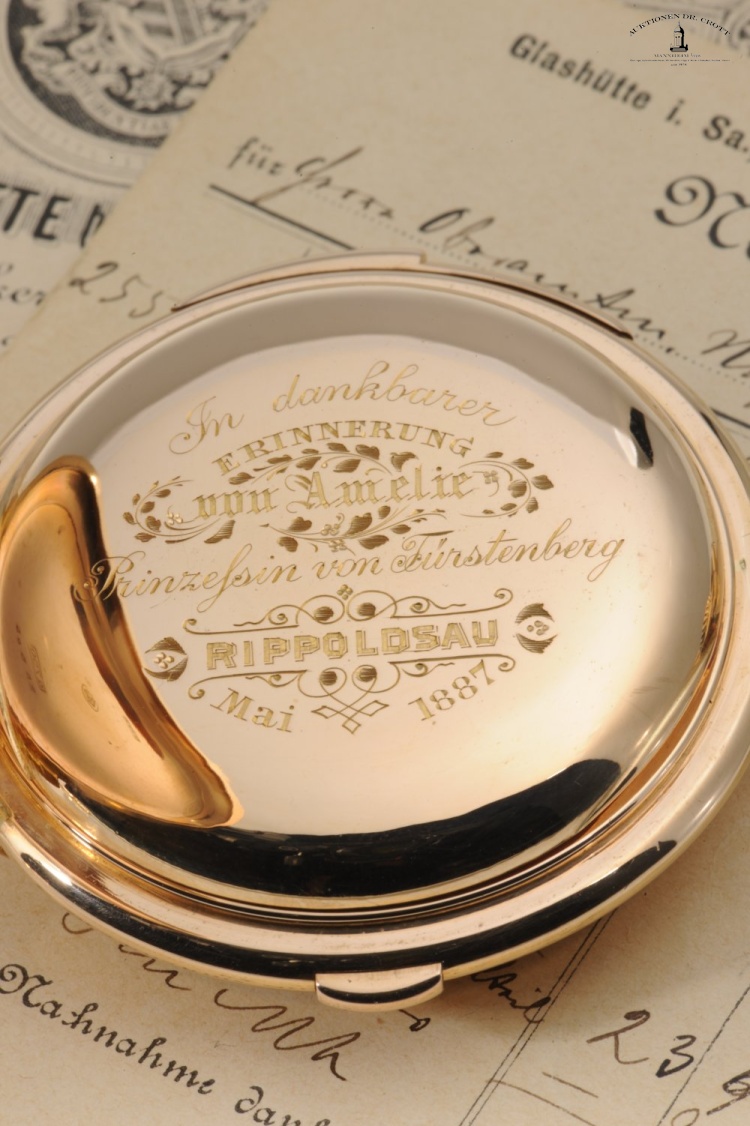
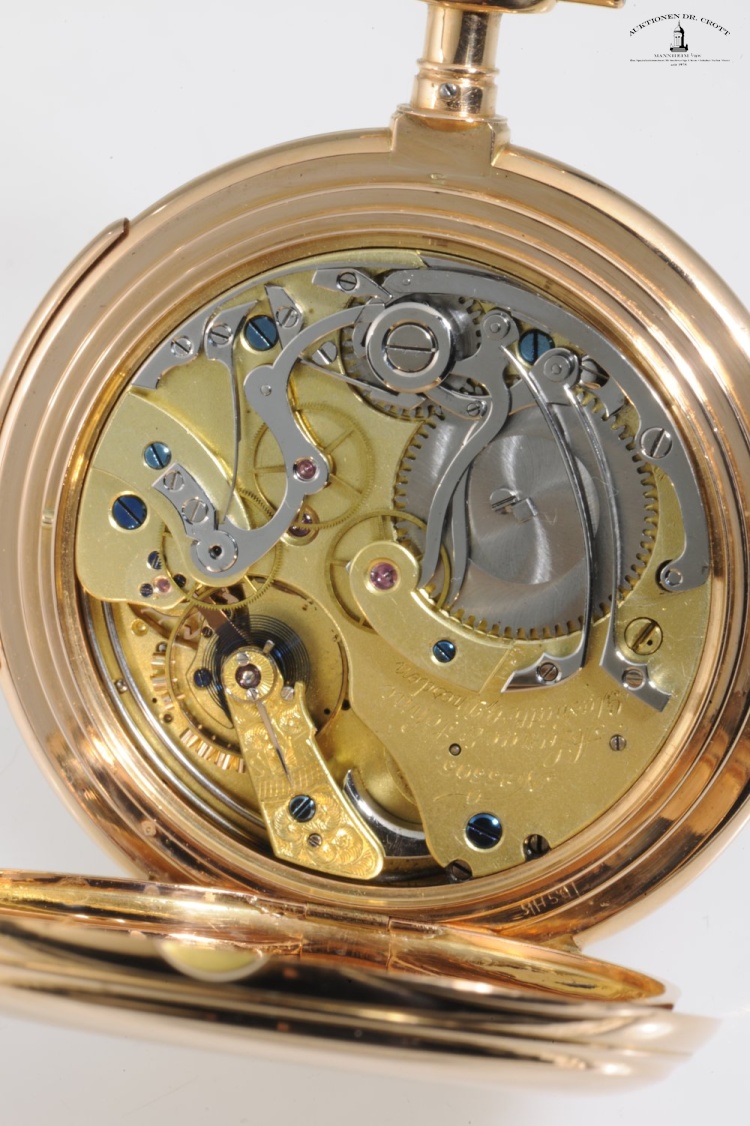
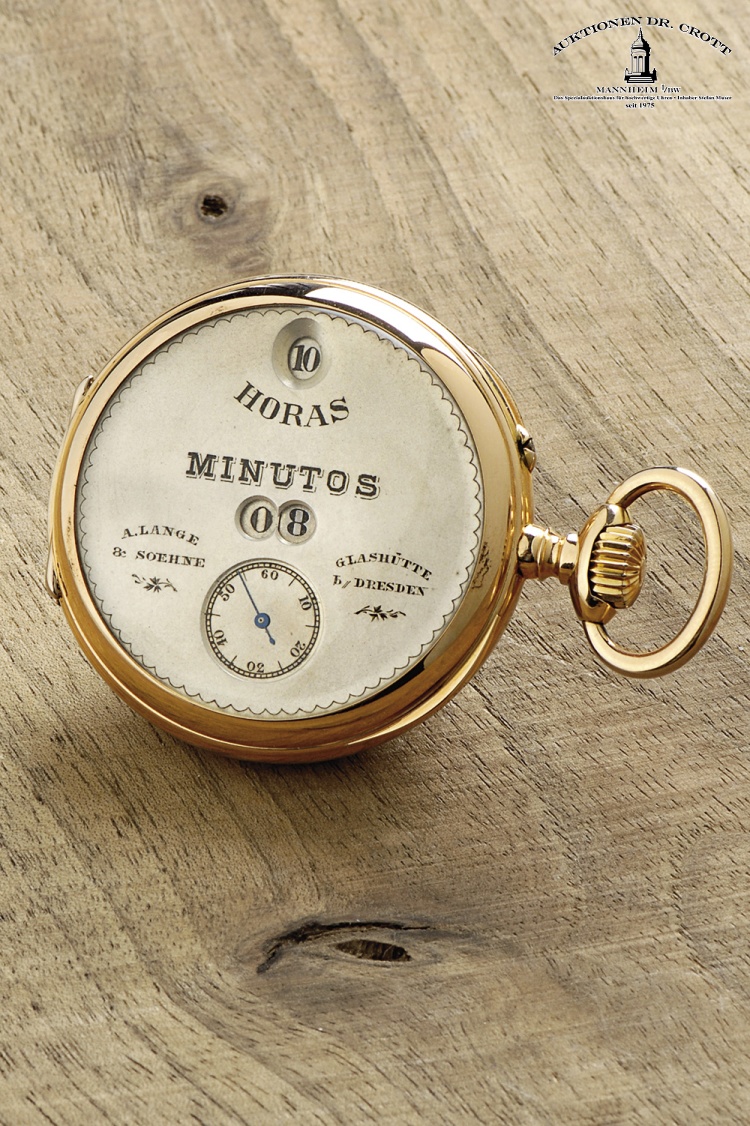
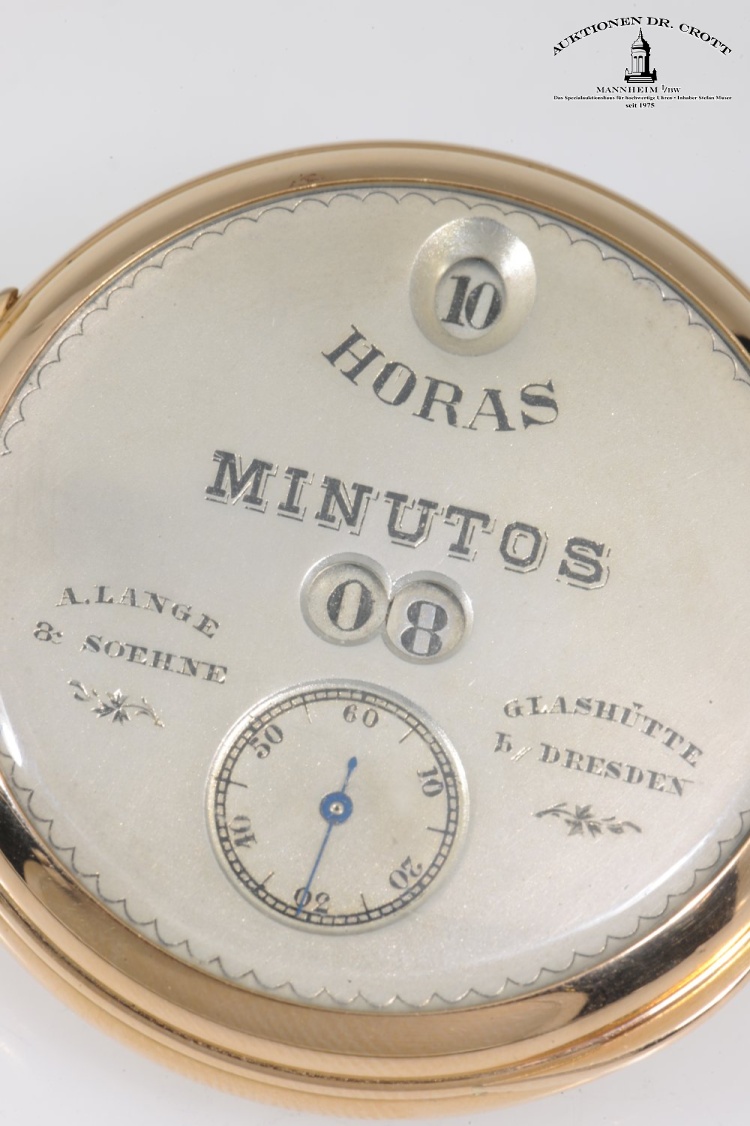
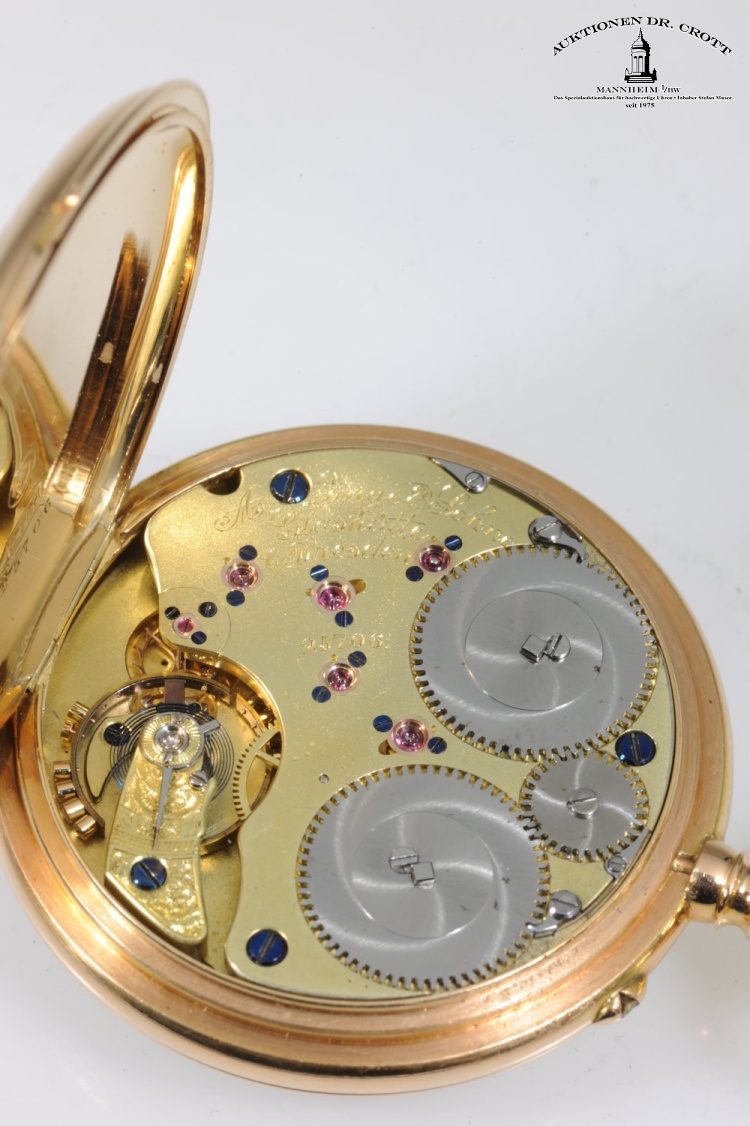
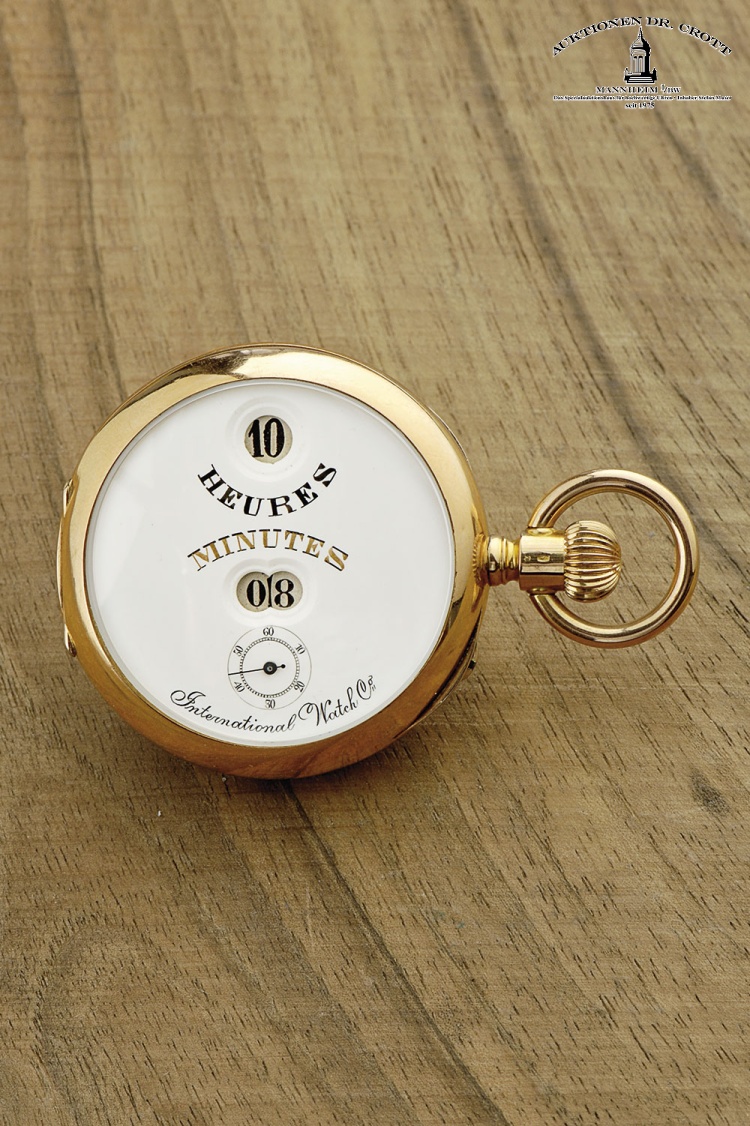
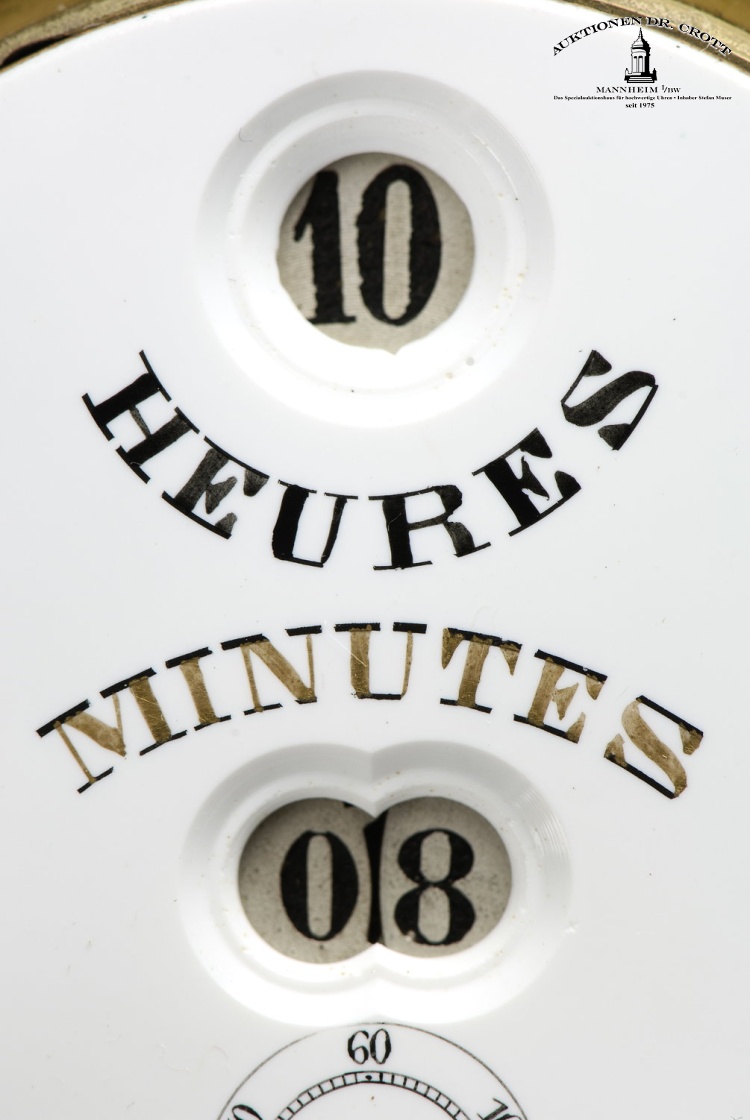
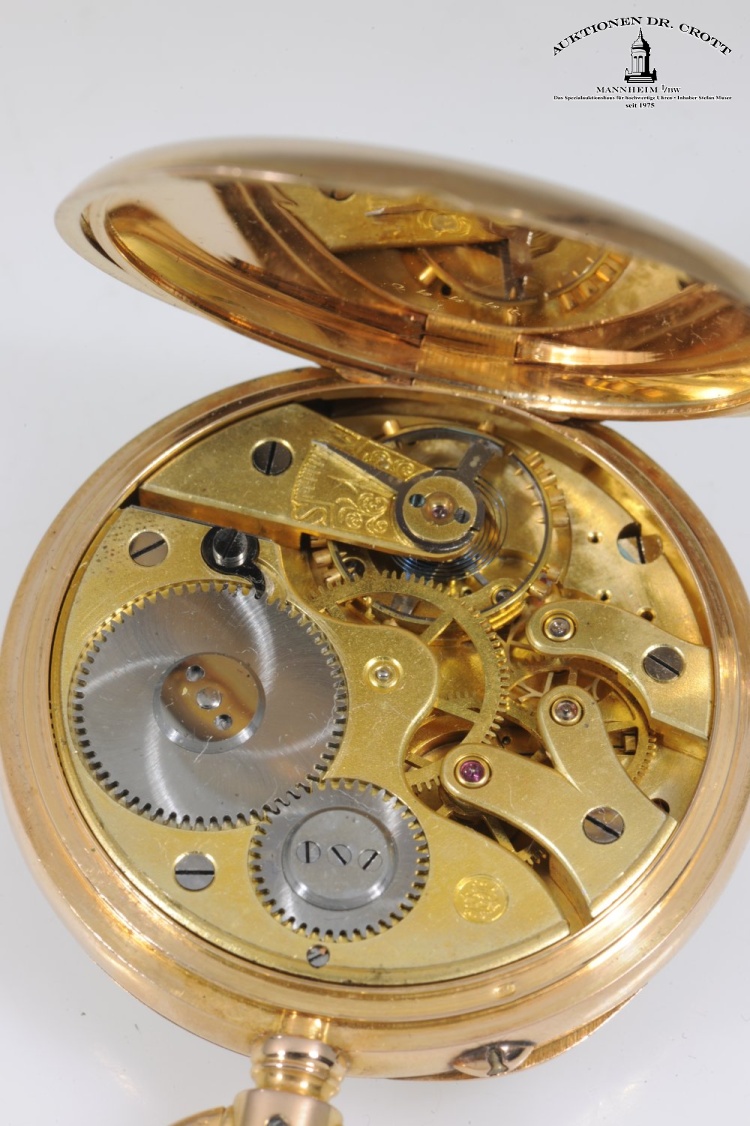
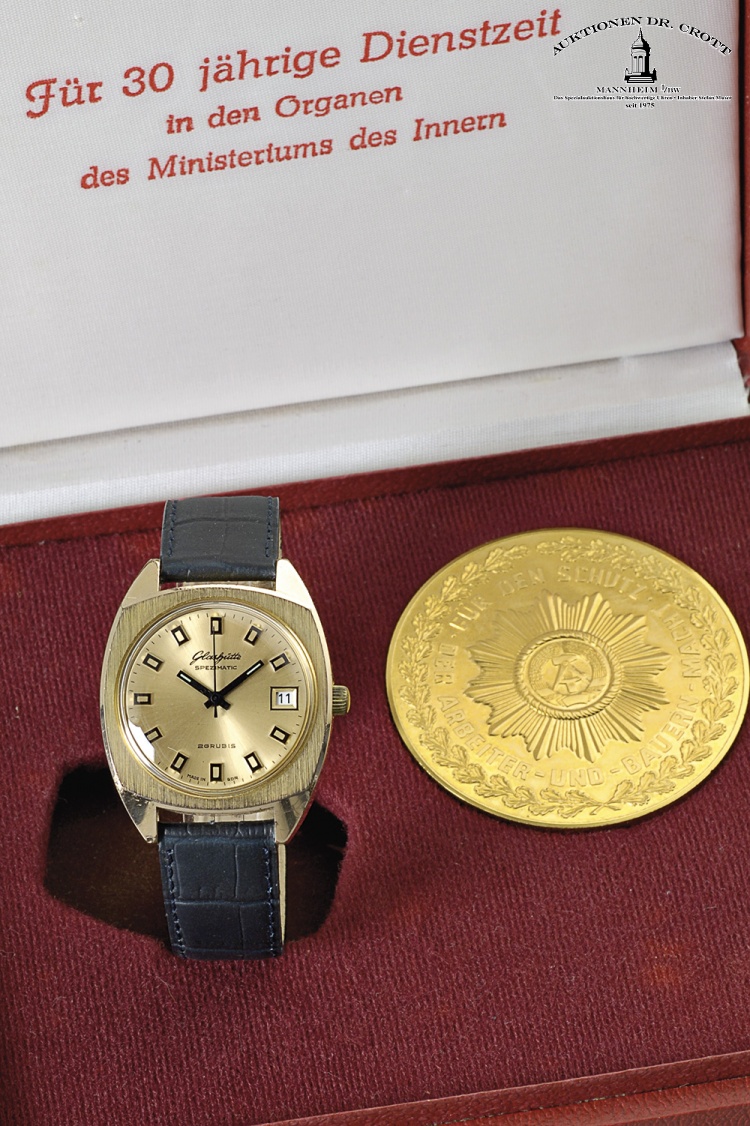
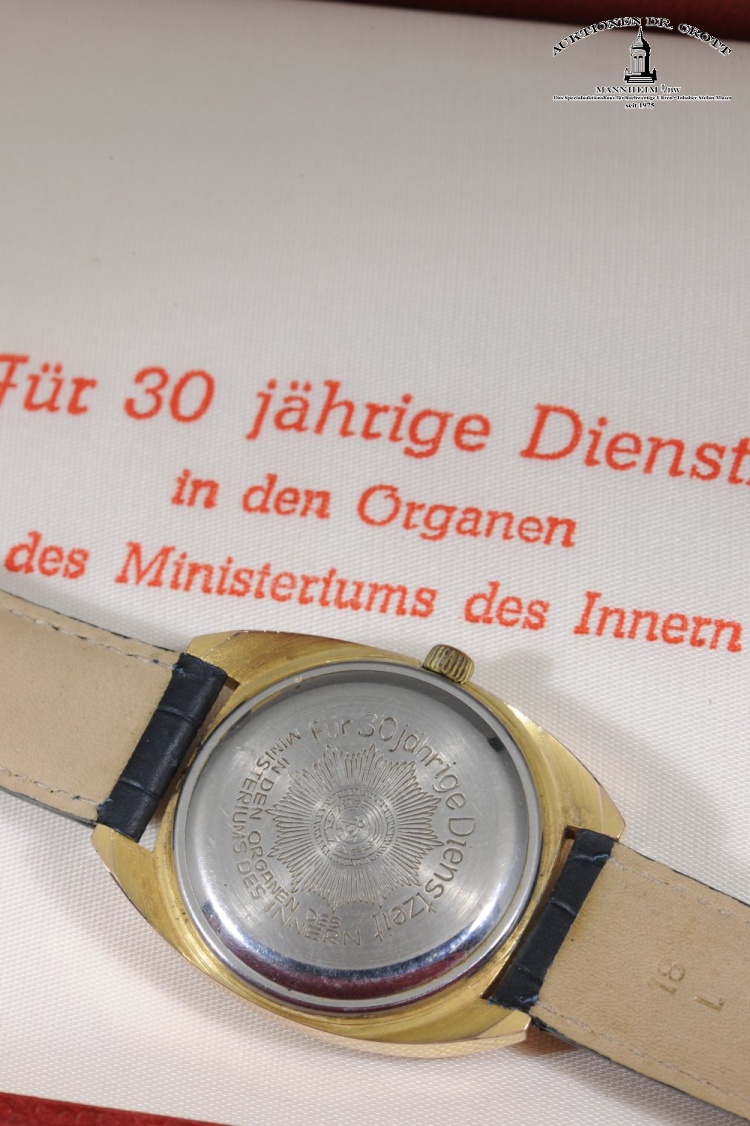
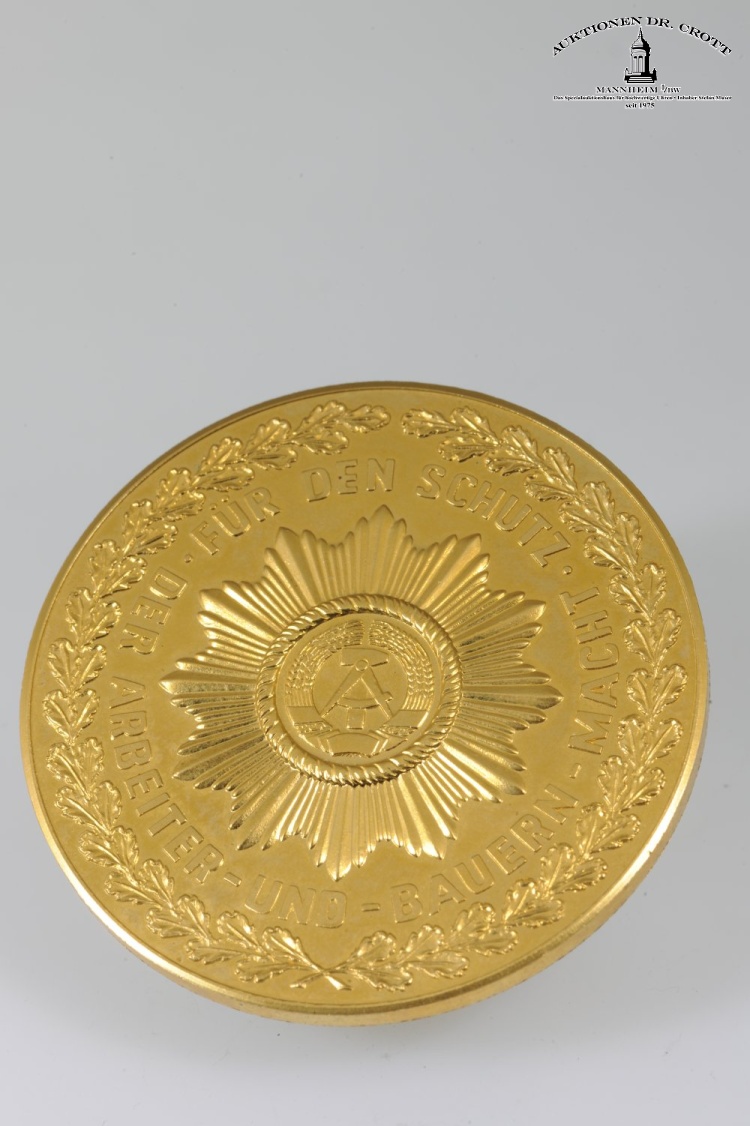
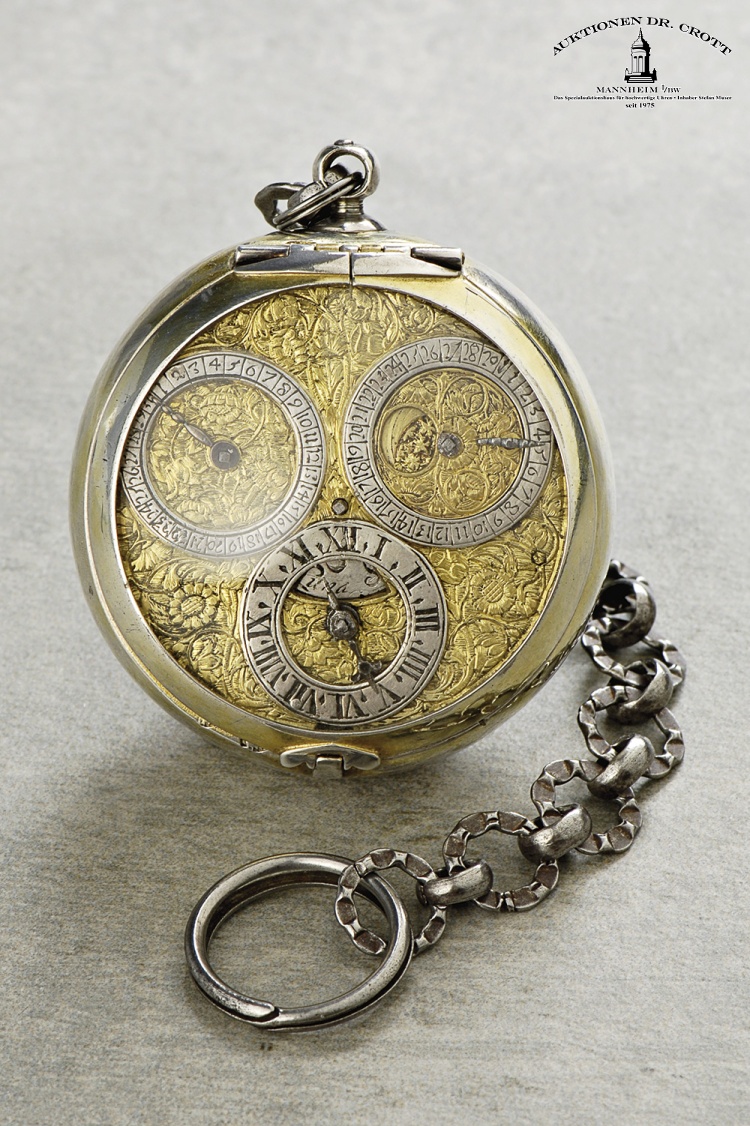
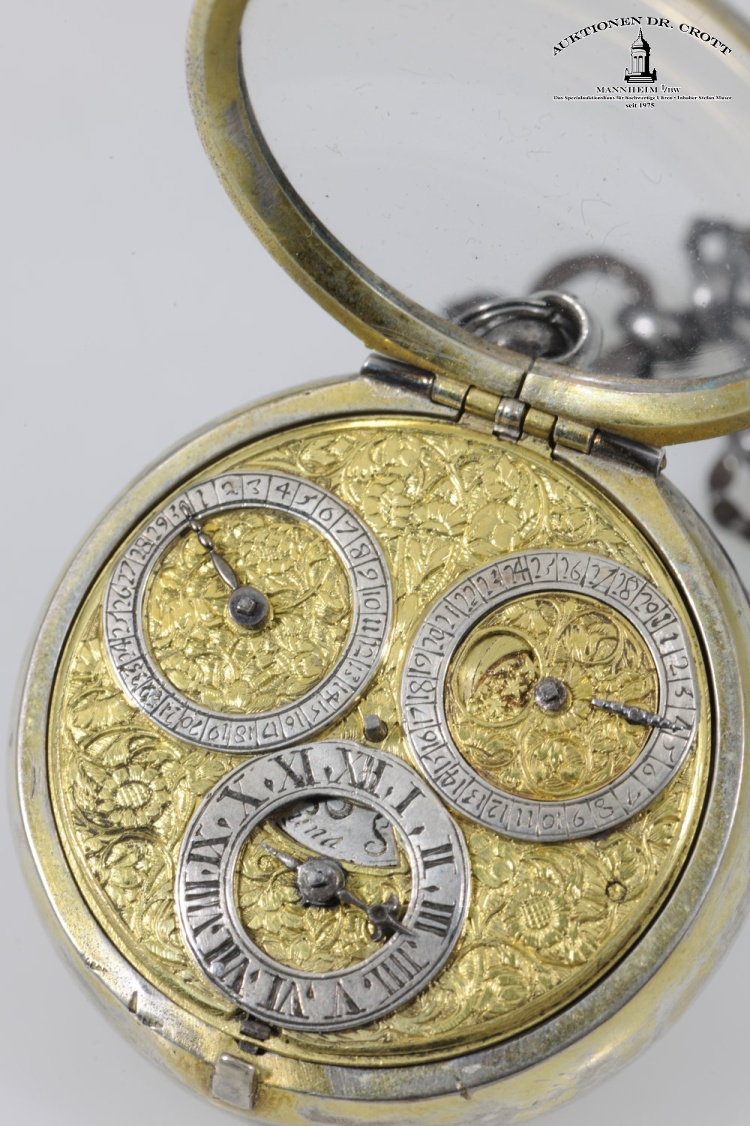
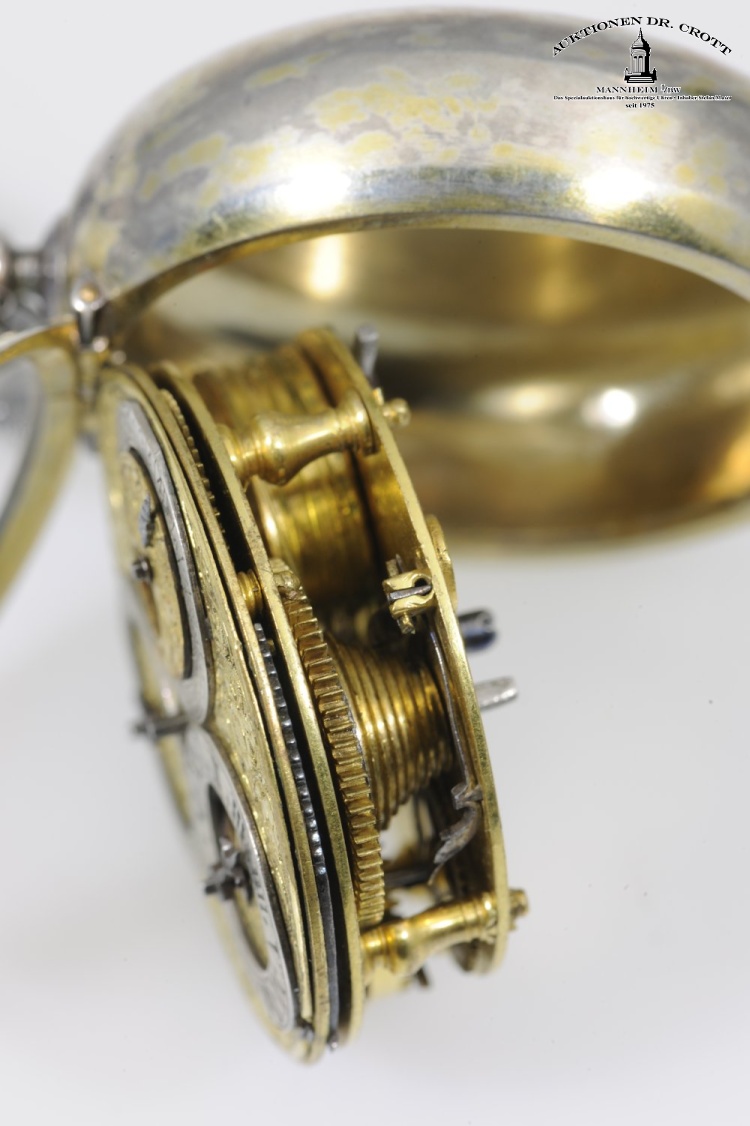
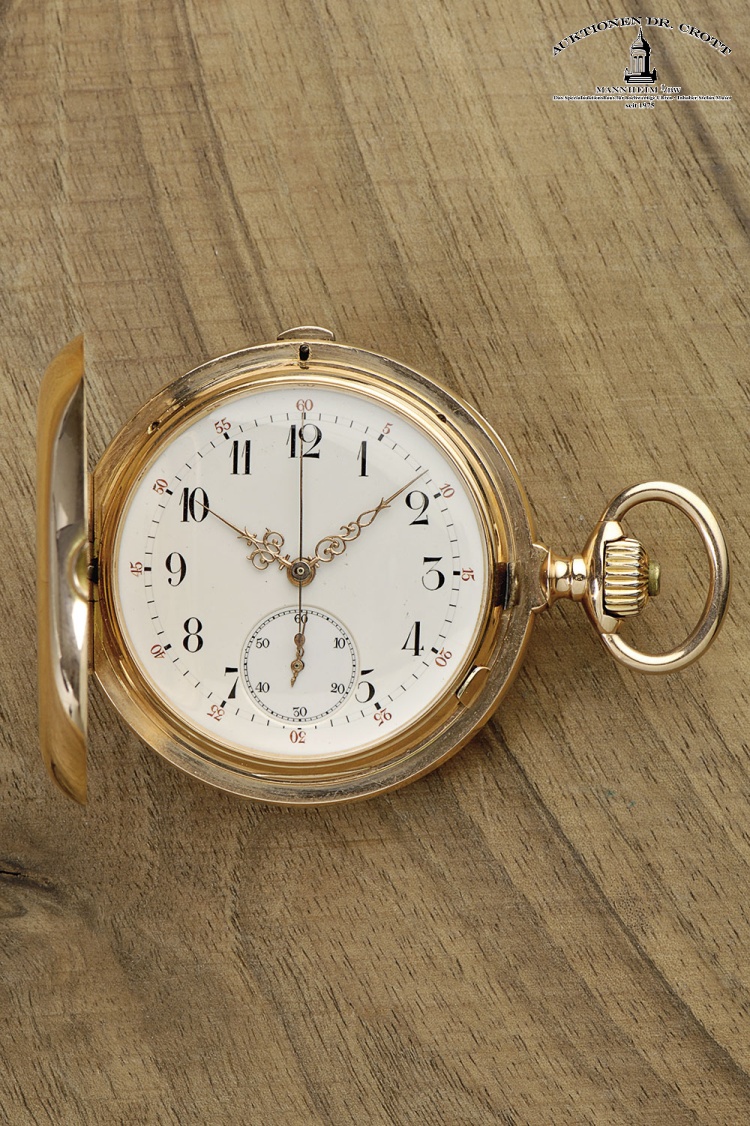

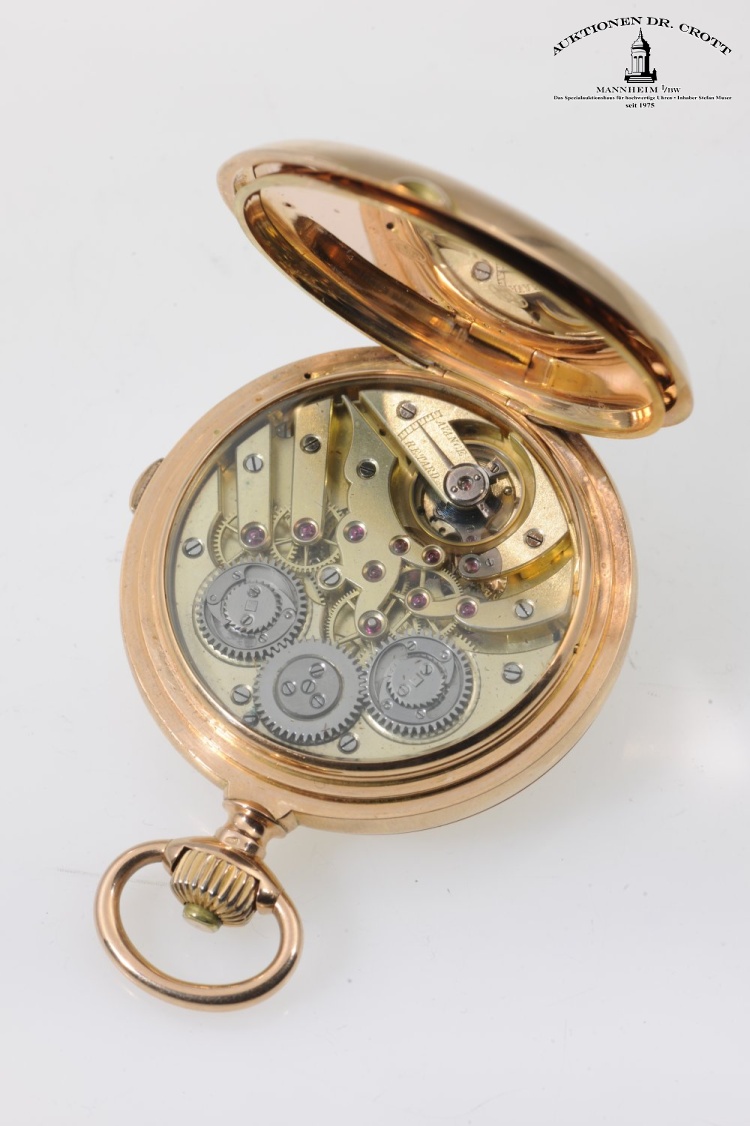
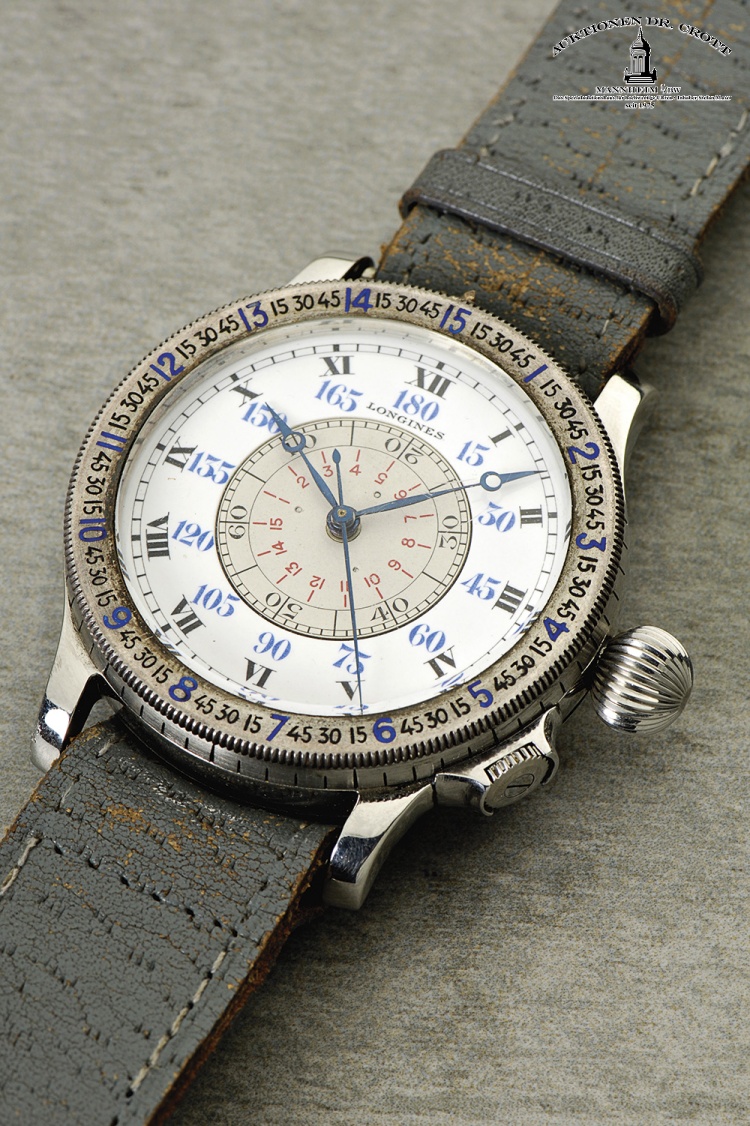
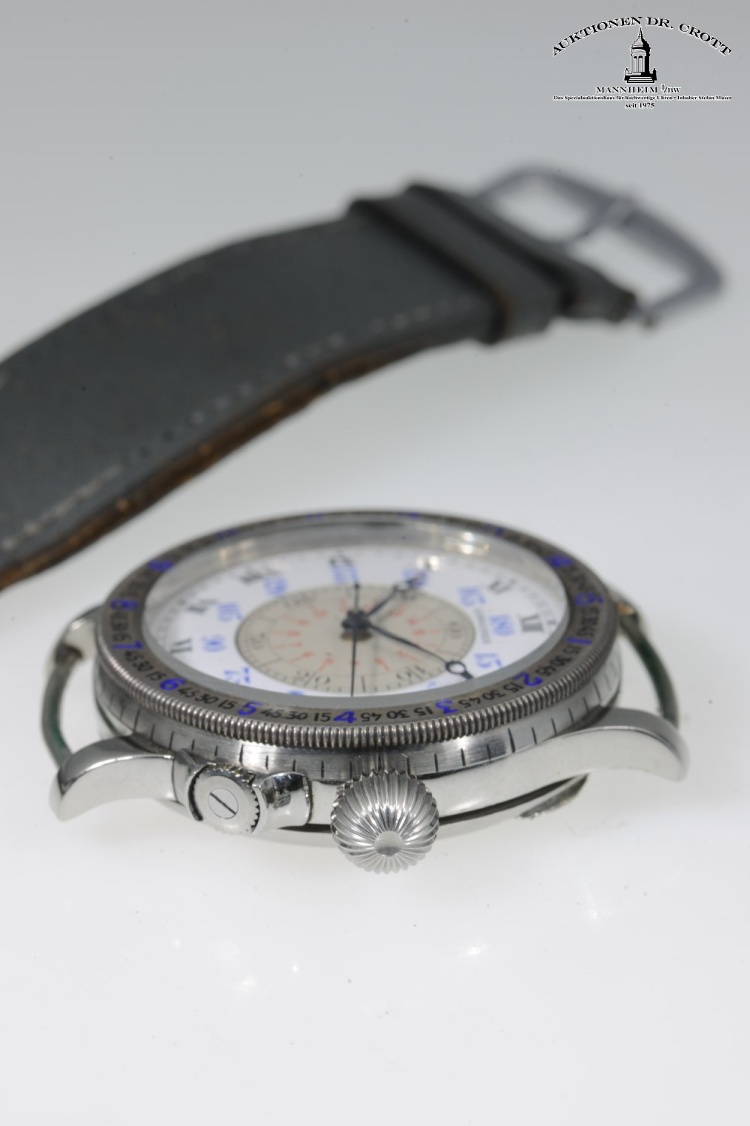
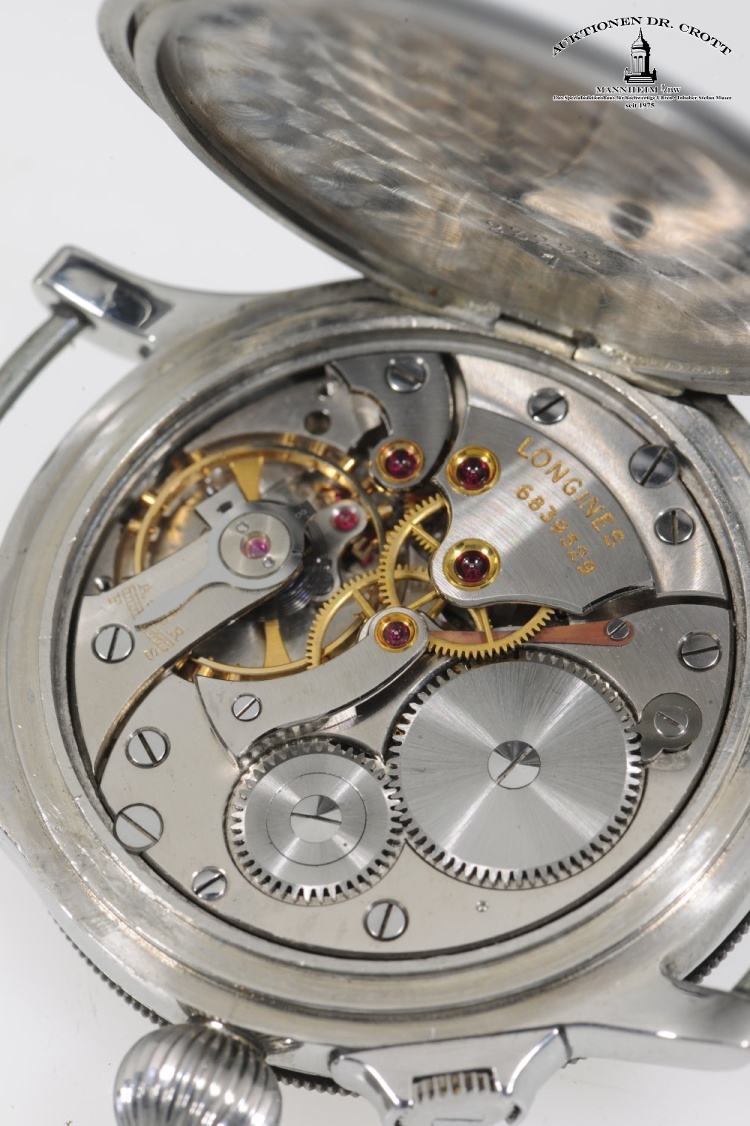
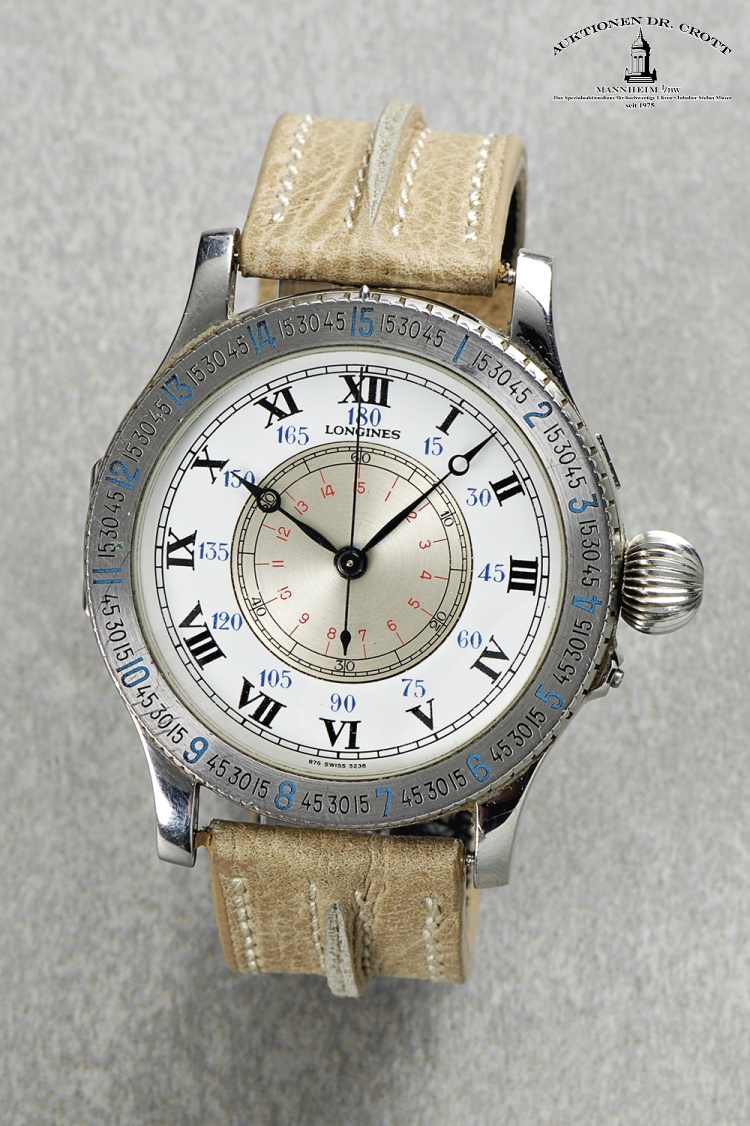
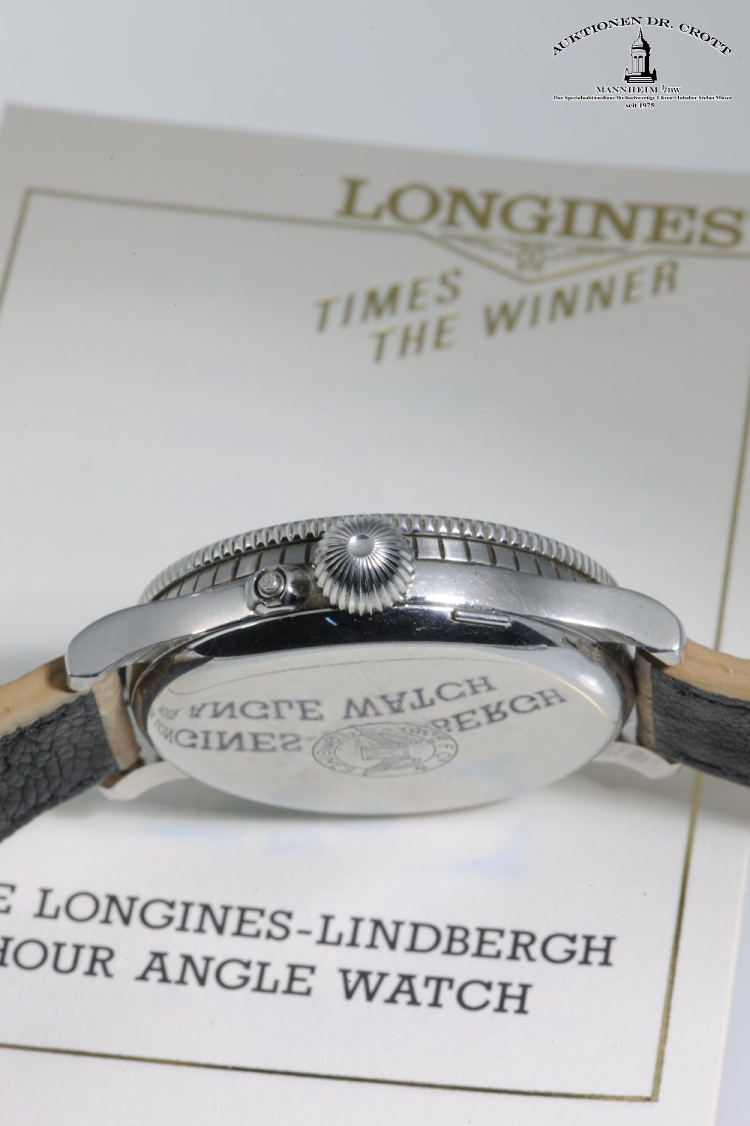
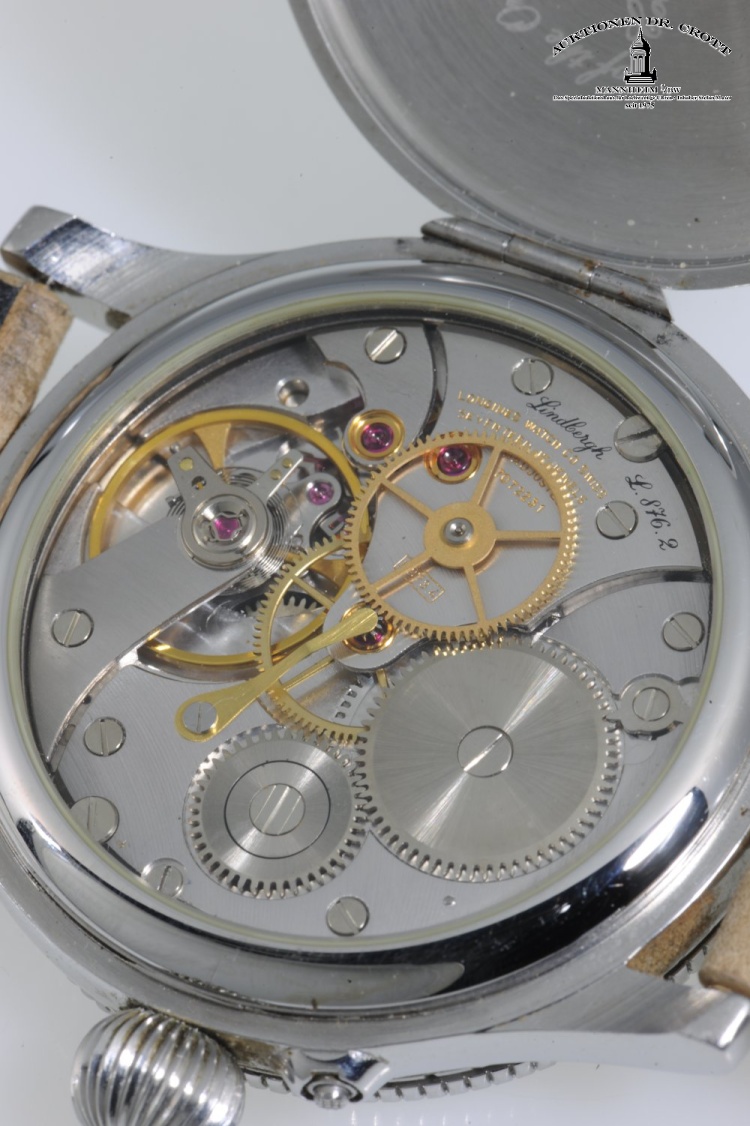
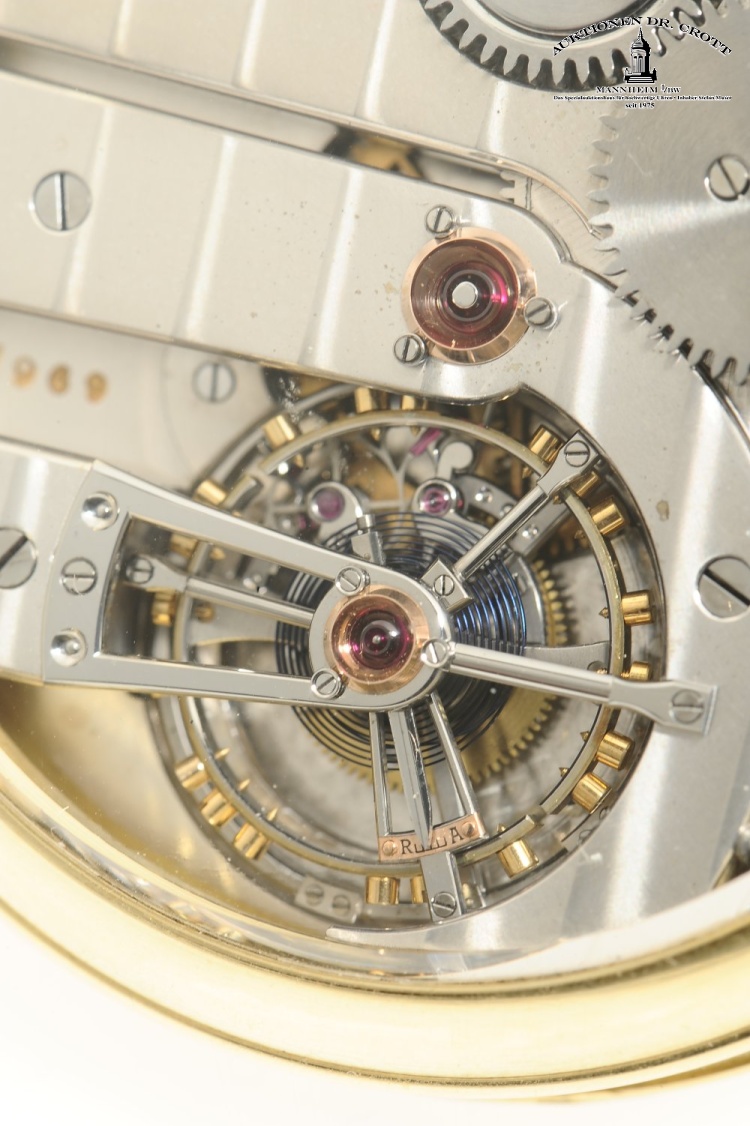
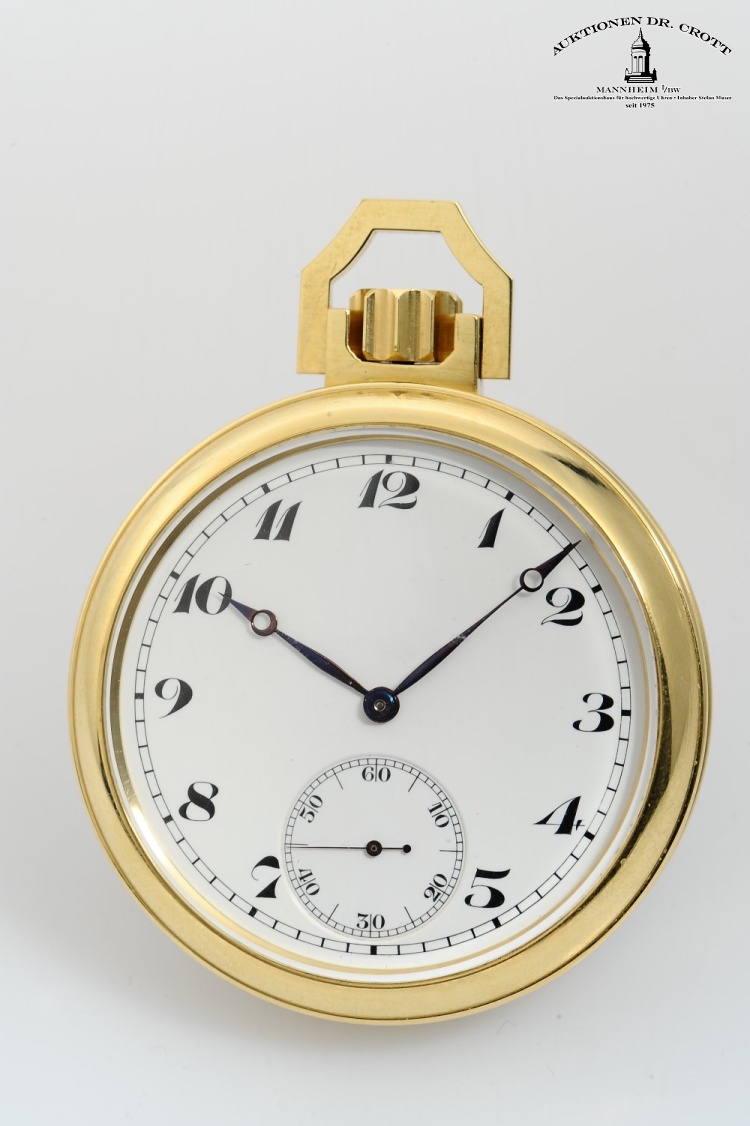
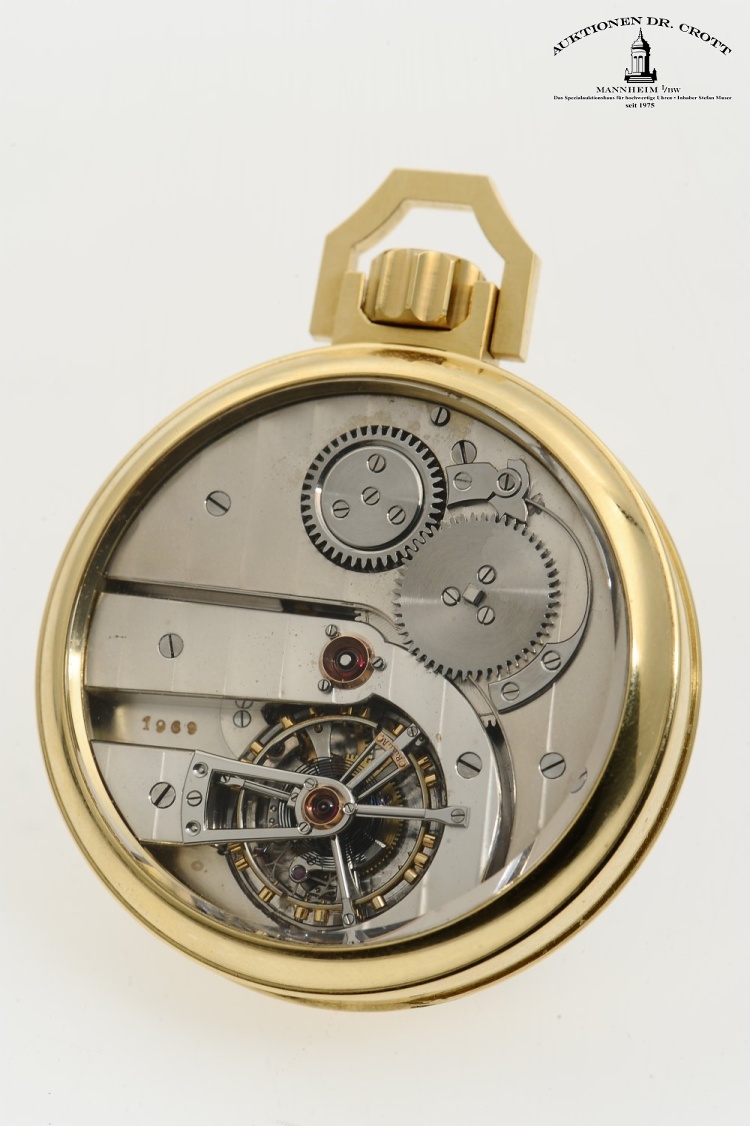



2 responses
How interesting , thank you.
I try to follow some of the auctions but you have done all the hard work for me.
More in the future please.
My pleasure, Peter, glad you like the selection (and there’s so much more!)